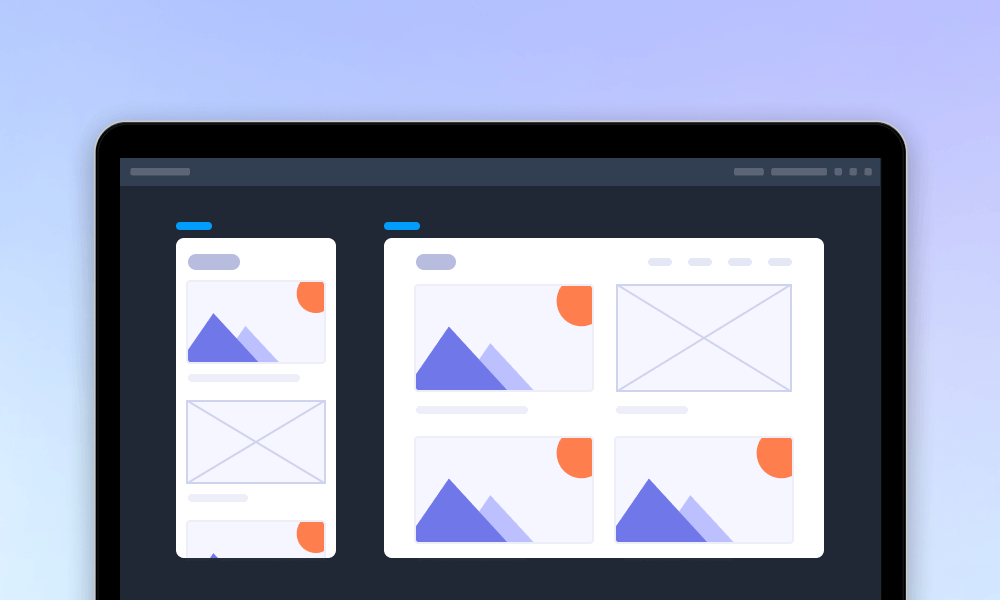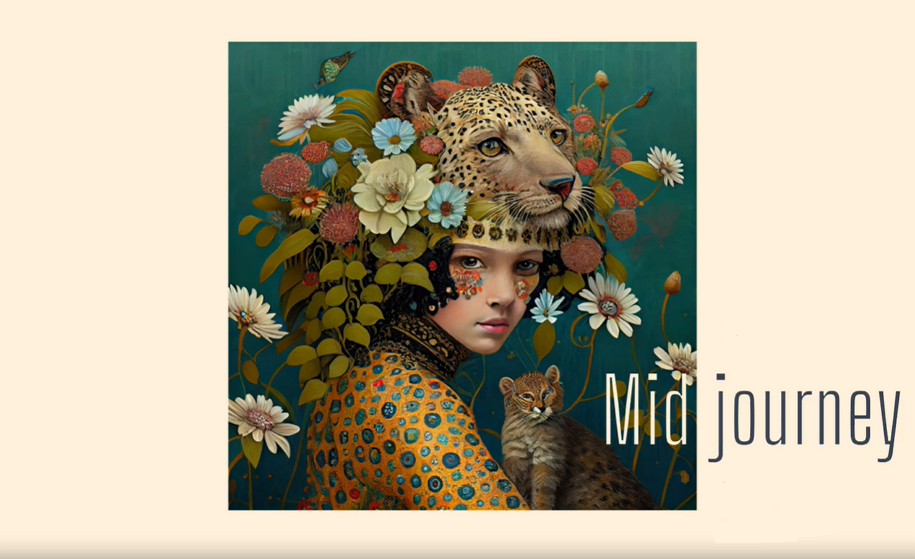
In the dynamic realm of UI/UX design, perpetual change is the norm, driven by the relentless pace of digital innovation and the ever-shifting preferences of users.
As we approach the threshold of 2024, the imperative for both seasoned designers and emerging UX/UI enthusiasts is to remain at the forefront of this transformative landscape. To achieve this, it is essential to proactively embrace the latest UI/UX trends that will mold the design narrative in the forthcoming year.
This blog serves as a comprehensive guide, shedding light on the paramount UX UI trends poised to shape 2024. The exploration encompasses a diverse range of elements, from the intricacies of responsive UI to the integration of sustainable design practices and the seamless merging of artificial intelligence into the user experience.
By immersing ourselves in these transformative trends, we equip ourselves with the insights and foresight necessary to navigate the evolving intricacies of UI/UX design successfully.
Here are 15 UX UI design trends to look out for in 2024:
Augmented And Virtual Reality
Voice User Interface
No-code tools
Microinteractions
3D Design
Minimalistic and Intuitive Interfaces
AI-integrated Design and AI-Driven Personalization
Sustainability-Frist Design
Accessibility-First Design
Cross-Platform UX
Location-Based UX
Animated Icons
Ethical Design
Responsive UI
Remote and hybrid work
In the upcoming year of 2024, the landscape of UI/UX design is poised for a revolutionary shift, primarily propelled by the transformative capabilities of Augmented Reality (AR) and Virtual Reality (VR).
These cutting-edge technologies are set to redefine user experiences by providing immersive interactions that elevate product engagement to unprecedented levels.
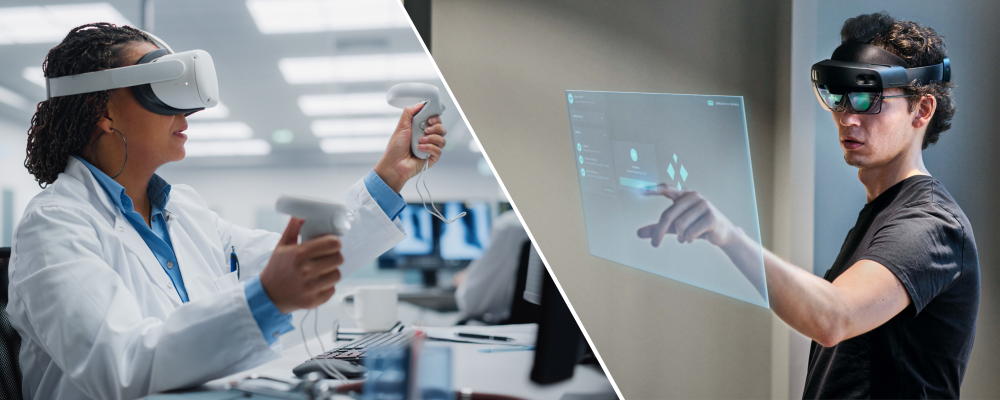
Augmented And Virtual Reality
The potential applications of AR and VR are diverse and impactful. From augmented reality enhancing the shopping journey with interactive overlays to virtual reality transforming gaming interfaces into immersive realms, designers will find themselves at the forefront of exploring novel possibilities. Crafting designs that captivate and cater to users within these immersive environments will be paramount.
As we embark on this technological evolution, designers must embrace the challenges and opportunities presented by AR and VR, pushing the boundaries of creativity to ensure the creation of user-centric and compelling designs.
The fusion of innovation and user experience will undoubtedly play a pivotal role in shaping the next era of UI/UX design.
The prominence of Voice User Interfaces (VUIs) has witnessed a substantial surge in recent years, and this trajectory is poised for continued growth in 2024. The proliferation of smart speakers and voice-activated devices has significantly contributed to a paradigm shift in user interaction with technology, as individuals increasingly embrace the ease and convenience of utilizing their voices.
As we advance into 2024, the demand for seamless and intuitive VUIs is expected to escalate. Seasoned designers, cognizant of this evolving landscape, are tasked with the challenge of crafting VUIs that not only align with user expectations but also offer a natural and conversational experience. The key lies in designing interfaces that intuitively understand user commands, respond in a manner akin to human conversation, and enhance overall user satisfaction.
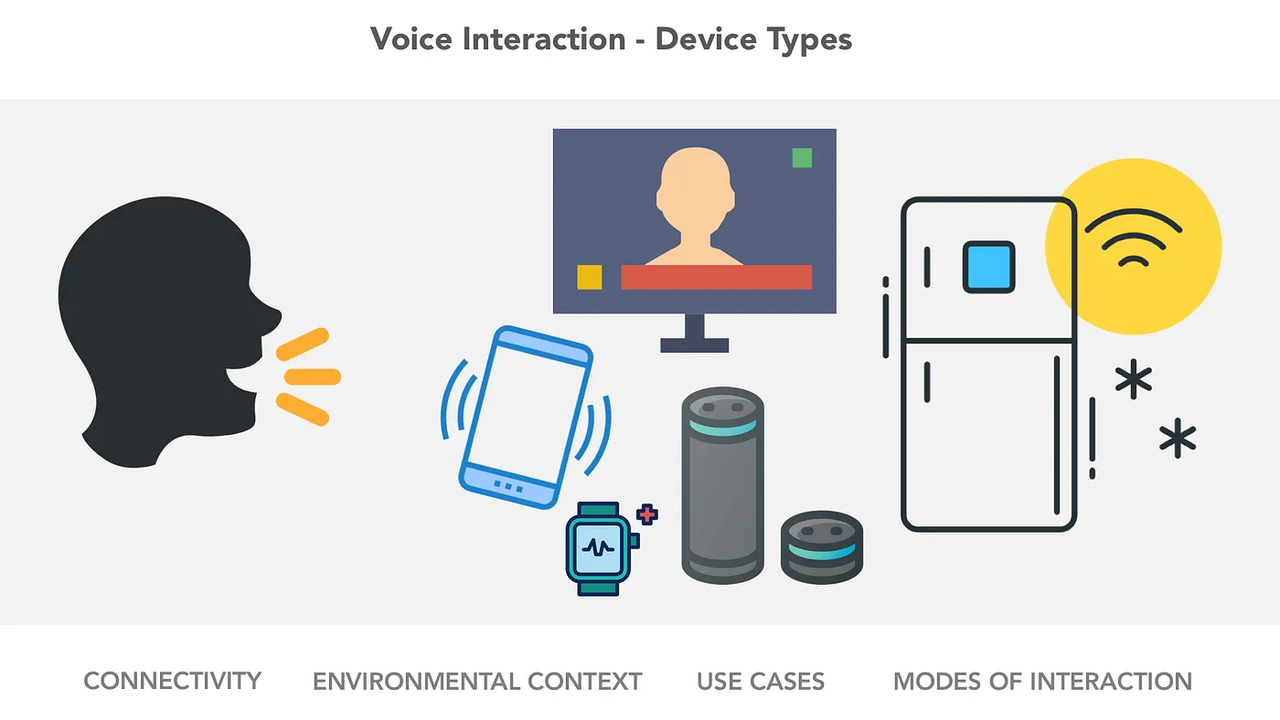
Voice User Interface
The surge in VUIs prompts designers to delve into the intricacies of natural language processing and machine learning to ensure these interfaces adapt and evolve with user preferences. Striking the delicate balance between sophistication and user-friendliness will be essential in creating VUIs that seamlessly integrate into users' daily lives.
In this dynamic context, designers are poised to explore innovative ways to incorporate VUIs across various devices and applications, envisioning a future where voice interaction becomes not just a feature but a fundamental aspect of the user experience. As the realm of VUIs continues to unfold, designers play a pivotal role in shaping a landscape where technology seamlessly aligns with the natural cadence of human communication.
Whether consciously or not, many individuals, regardless of their background in design, have likely encountered and leveraged a no-code tool. This understated yet impactful technology is poised to gain prominence within UX design communities in the coming years.
So, what exactly is a no-code tool?
No-code tools rely on a Graphic User Interface (GUI), wherein users interact through icons and visual indicators rather than traditional text-based commands or navigation. While this doesn't entirely eliminate coding, the developer has pre-coded the tool, enabling users to simply drag, drop, click, or scroll through icons to perform actions.
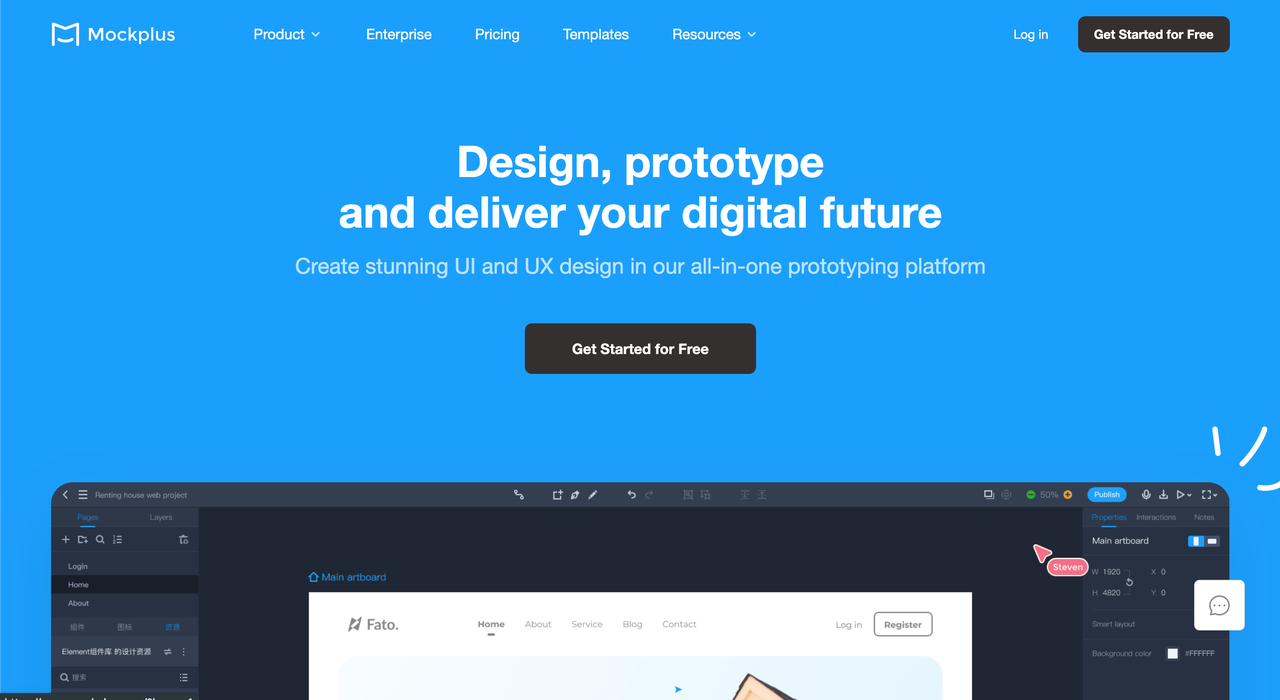
No-code tools
In the realm of UX design, several no-code tools have already made their mark. Examples include Mockplus, Figma, Invision, and Notion. These tools empower designers to streamline their workflows, prototype interfaces, gather user feedback, and analyze data without delving into the intricacies of coding.
As the adoption of no-code tools continues to rise, they are set to democratize the design process, enabling a broader range of individuals to actively participate in and contribute to the field of UX design. The era of intuitive, accessible design tools is upon us, heralding a future where creativity and innovation thrive with or without a coding background.
Microinteractions stand as discreet yet indispensable components of UI/UX design, wielding a profound influence on the overall user experience. As we approach the year 2024, seasoned designers are poised to channel their expertise into the meticulous crafting of meaningful microinteractions that serve to offer instant feedback, seamlessly guide users through tasks, and inject moments of delight into the user journey.
The significance of these seemingly minor design elements lies in their capacity to make a substantial impact on user satisfaction.
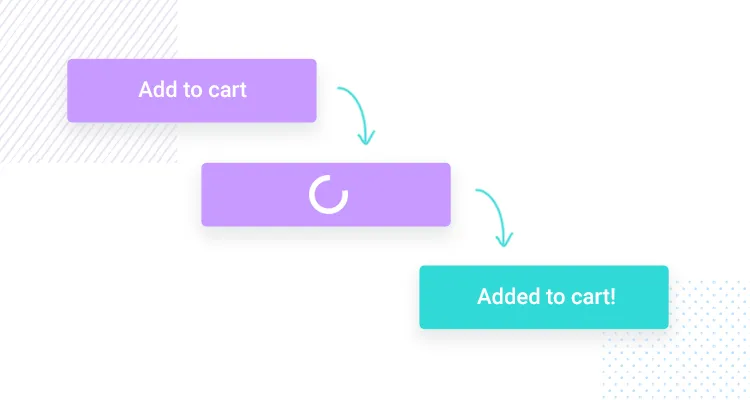
Microinteractions
In the realm of UI/UX design, microinteractions serve as the silent communicators between users and the interface, conveying information, acknowledgment, and feedback in a subtle and nuanced manner.
By focusing on these nuanced interactions, designers can enhance the overall user journey, making it not only functional but also enjoyable.
The emphasis on crafting meaningful microinteractions in 2024 underscores the understanding that every user interaction, no matter how small, contributes to the overall perception of a digital product. From a subtle hover effect indicating a clickable element to a smooth transition between pages, these microinteractions create a cohesive and engaging user experience.
In essence, the artful incorporation of microinteractions is a testament to the meticulous craftsmanship that experienced designers bring to their work.
By recognizing the impact of these subtle design elements, designers can elevate their creations beyond mere functionality, cultivating user experiences that are not just efficient but also imbued with a touch of delight and finesse.
Whether you're navigating the intricacies of visualizing complex data, shaping the UX of a VR app, or aiming to bolster brand recognition, incorporating 3D elements into your design work is poised to be a significant trend in 2024.
The allure of 3D elements lies in their ability to captivate the user's attention, introducing depth and realism that effectively draws users into the digital experience. These elements transcend the two-dimensional constraints of traditional design, offering a visually engaging and immersive interaction that resonates with users.

3D Design
The incorporation of 3D elements into interfaces is anticipated to make a substantial impact in the design landscape of 2024. Whether it's the manipulation of spatial relationships, the creation of dynamic visual effects, or the enhancement of overall user engagement, 3D elements contribute to a design aesthetic that goes beyond the ordinary.
While the exact origins of this trend are multifaceted, some designs reminiscent of this style are akin to those created using innovative tools like Midjourney—an AI tool that has been making waves in the design community.
As the prevalence of 3D elements continues to grow, designers are encouraged to explore the expansive possibilities this trend presents, unlocking new dimensions of creativity and pushing the boundaries of visual storytelling in the digital realm.
In the ever-evolving landscape of UI/UX design, simplicity and intuitiveness remain pivotal focal points, steering the trends anticipated for 2024. Designers are steadfast in their commitment to crafting minimalistic interfaces, characterized by uncluttered layouts, intuitive navigation, and clearly defined user journeys.
This emphasis on simplicity is not merely an aesthetic choice but a strategic approach aimed at enhancing user experiences across a myriad of platforms and devices.
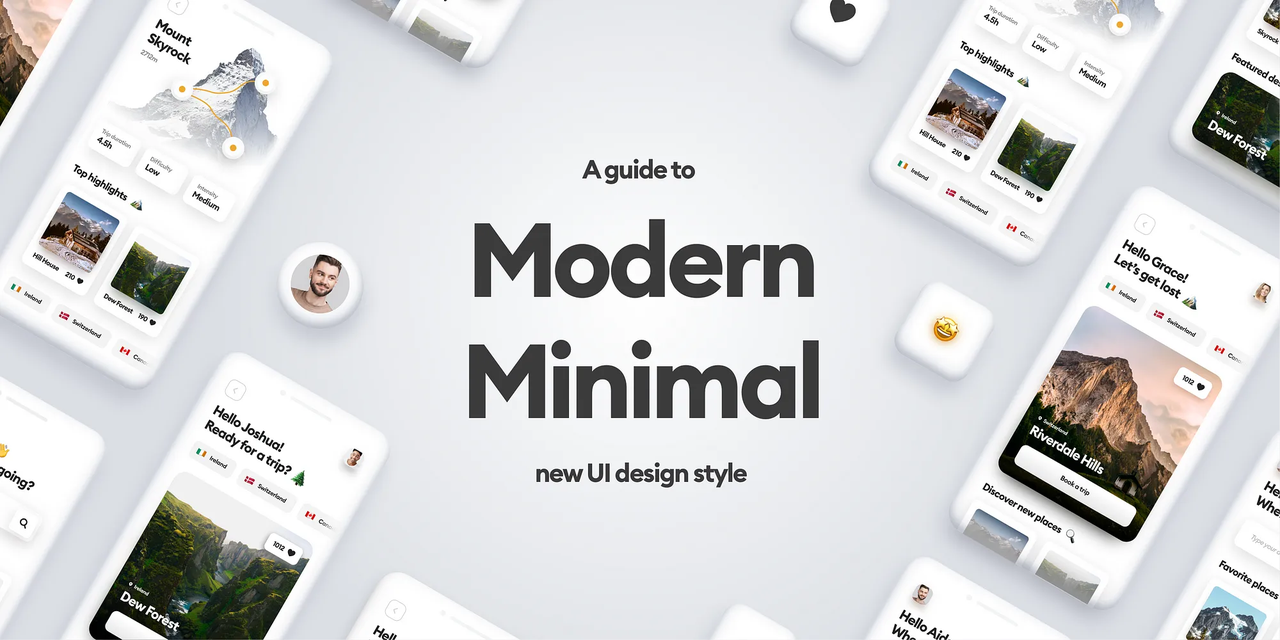
Minimalistic and Intuitive Interfaces
The removal of unnecessary complexities and distractions is a hallmark of contemporary UI/UX design, resulting in fluid and effective digital experiences. By streamlining interfaces, designers empower users to navigate seamlessly, fostering a sense of ease and clarity in their interactions with digital products.
This user-centric philosophy transcends aesthetics, aligning design choices with functionality to create interfaces that are not only visually appealing but also highly functional.
In the pursuit of user-centric design, subtle animations and micro-interactions emerge as valuable tools. These elements serve to heighten user engagement, injecting dynamic and visually captivating features into interfaces. Beyond mere aesthetics, these animations actively encourage user interaction and exploration, transforming digital experiences into engaging journeys
Undoubtedly, the pervasive influence of artificial intelligence (AI) is a prevailing topic set to dominate the industry in 2024. AI, in the context of this year, primarily refers to generative AI, exemplified by technologies like ChatGPT or Midjourney.
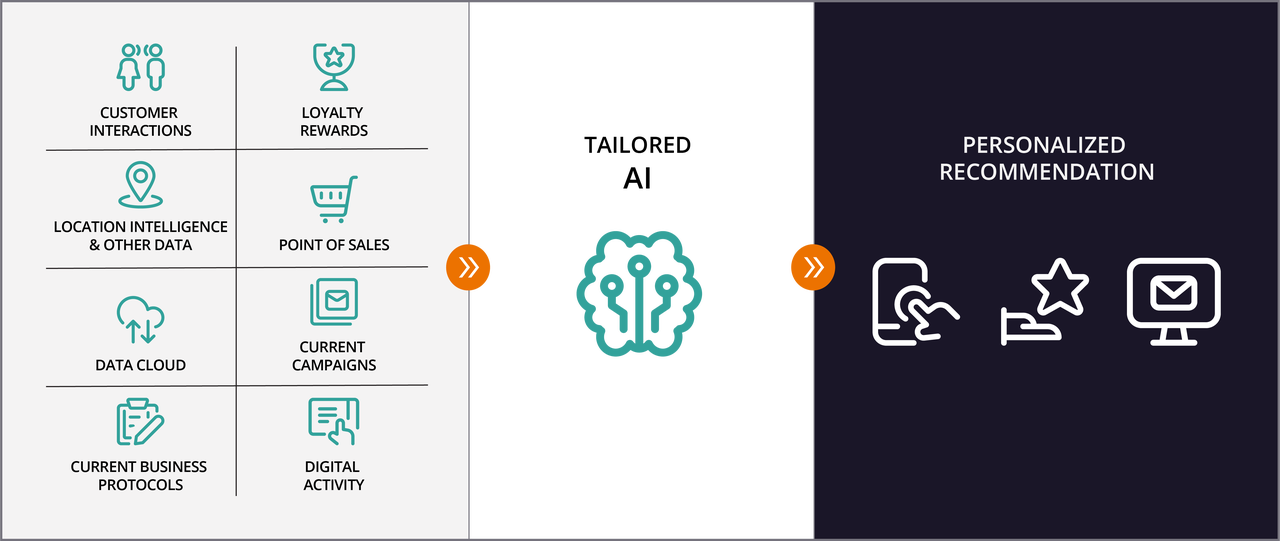
AI-integrated Design
The impact of AI on UX design is already palpable, with designers leveraging AI tools for various purposes. Over the past few years, designers have incorporated AI tools to generate color palettes, craft fictional portraits for user personas, and design personalized, adaptable interfaces.
Websites recommending content and popular photo editing applications utilizing AI for image enhancement or background removal underscore the versatility of AI's integration into the design process.
The year 2024 is anticipated to witness a significant integration of sustainability into the fabric of UI/UX design. Designers are expected to place a heightened emphasis on incorporating eco-friendly solutions.
Designers are actively seeking ways to align their creations with environmentally conscious principles, acknowledging the impact that digital products can have on the planet. This conscientious approach involves not only minimizing the environmental footprint associated with digital interfaces but also making deliberate choices that contribute to broader ecological well-being.
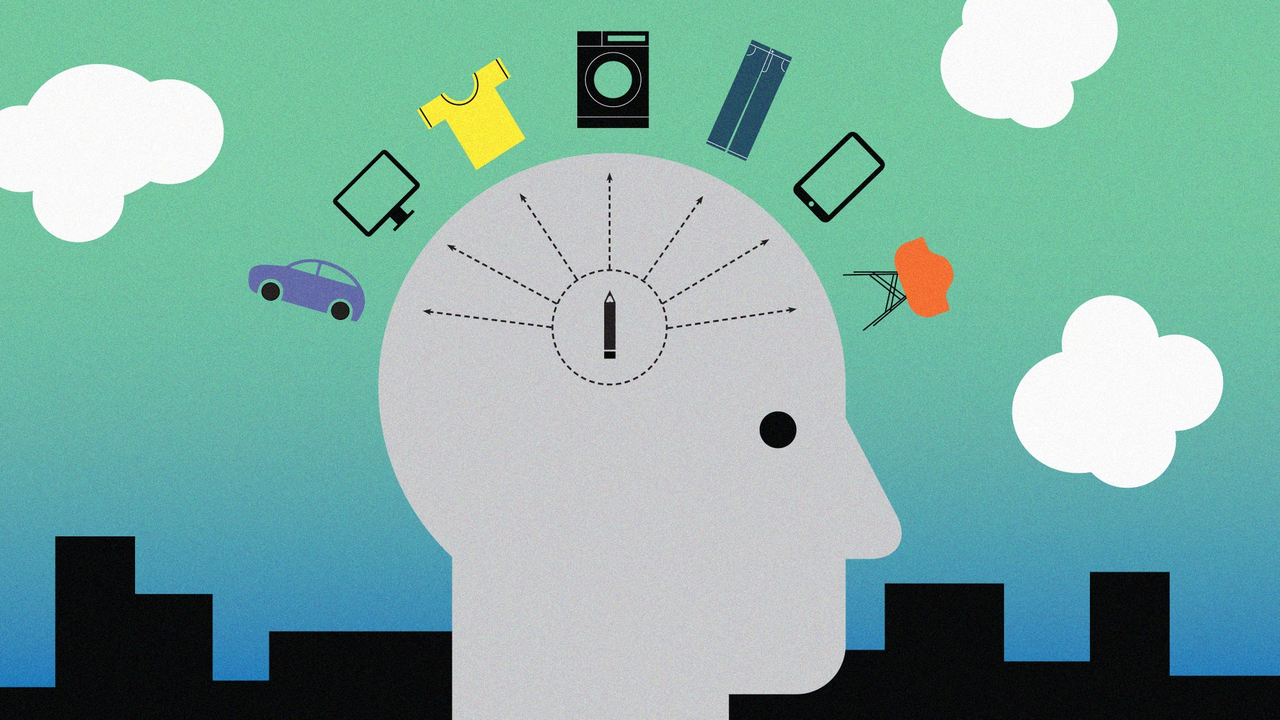
Sustainability-Frist Design
Optimizing energy consumption stands out as a key focal point in sustainable UI/UX design. Designers will explore and implement strategies to create interfaces that are not only energy-efficient but also promote responsible energy usage.
Another facet of sustainable design involves a concerted effort to reduce carbon footprints associated with digital products. Designers will scrutinize every aspect of the design and development process, from resource utilization to the hosting infrastructure, with the aim of minimizing the overall environmental impact.
This approach underscores the critical importance of constructing digital experiences that accommodate users with diverse abilities and requirements. UI/UX designers are actively embracing inclusive design strategies, encompassing enhancements such as improved color contrast, refined typography, and optimized navigation to elevate accessibility.
This concerted effort aims to ensure that digital products are easily accessible to all users, including those with disabilities.
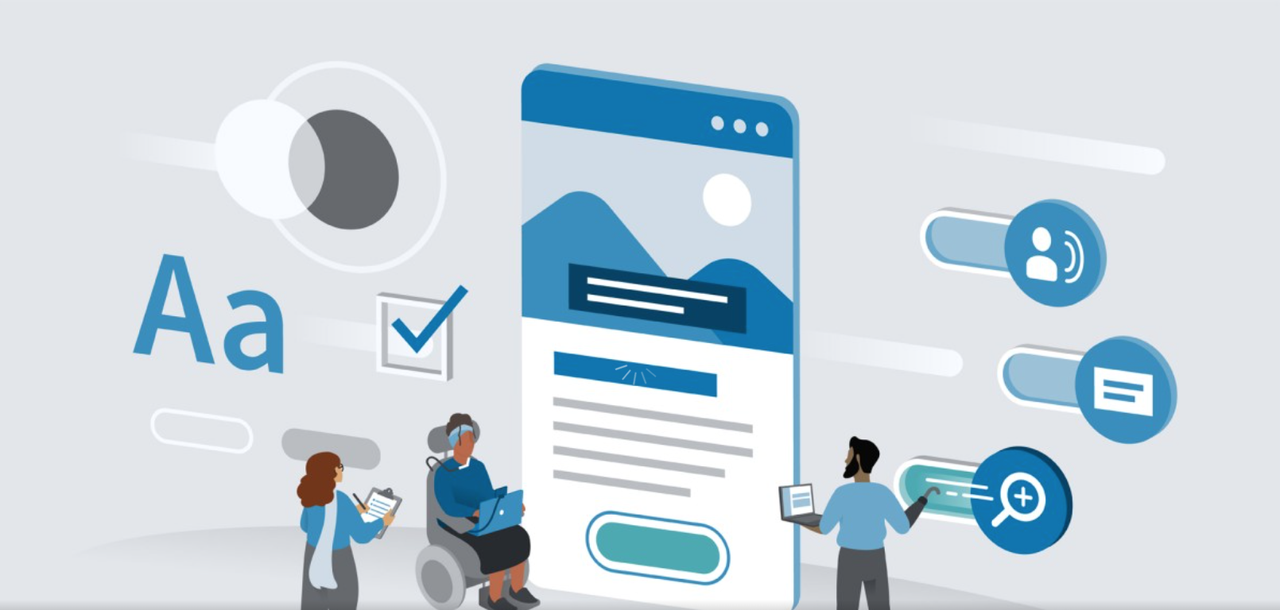
Accessibility-First Design
By placing accessibility at the forefront of design considerations, designers are contributing to a more comprehensive and equitable digital environment.
This commitment allows users from various backgrounds, including individuals with disabilities, to effortlessly access and interact with digital content. In this way, designers are not only meeting regulatory standards but also enriching the user experience for a broader audience.
Cross-platform user experience (UX) is not a novel concept, but in 2024, it's set to reach new heights. The evolution of this trend has been evident, with platforms like Instagram enhancing their desktop versions for large-screen monitors, and YouTube adopting a TikTok-like stories format, catering to handheld devices.
However, the forthcoming emphasis on cross-platform UX goes beyond mere adaptation; it delves into the realm of personalization. The key objective for apps in 2024 is to remain relevant by delivering personalized content that resonates with users, encouraging prolonged engagement.
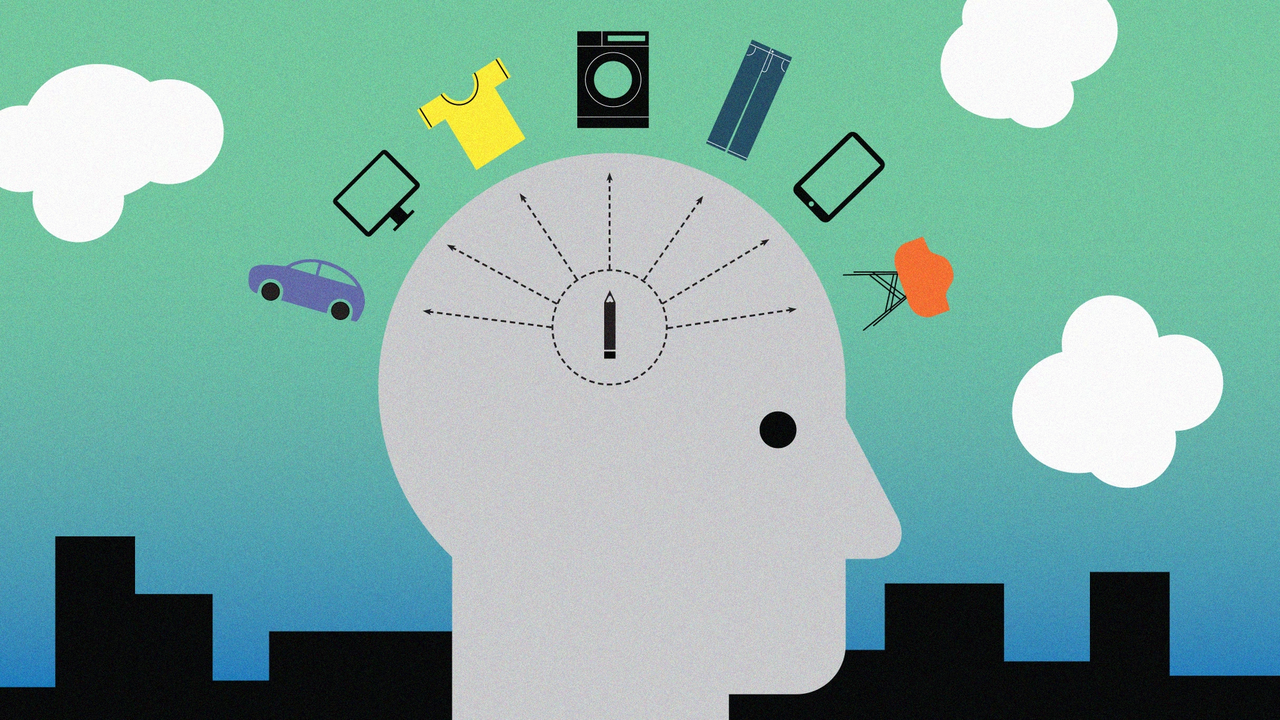
Cross-Platform UX
The focus is on understanding user preferences and tailoring the experience seamlessly across various platforms to ensure users find value and enjoyment regardless of the device they're using.
This shift toward personalization within cross-platform experiences reflects a commitment to user retention and satisfaction. Apps aspire not only to be versatile across different devices but also to curate content that enhances individual user experiences.
As technology continues to advance, this trend is poised to redefine how users interact with digital platforms, fostering a more tailored and engaging experience across the diverse landscape of devices available in 2024.
The excitement surrounding location-based experiences is on the rise, positioning apps that embrace this trend as the pinnacle of user-centric design in the coming year.
Users are increasingly valuing personalized and seamlessly convenient experiences, and location-based features are poised to meet this demand head-on. Imagine receiving public transport recommendations tailored precisely to your lifestyle, optimizing your daily routines.
At the forefront of this evolution is artificial intelligence (AI), taking center stage in shaping the future of location-based experiences. AI plays a crucial role in predicting user movements and behaviors.
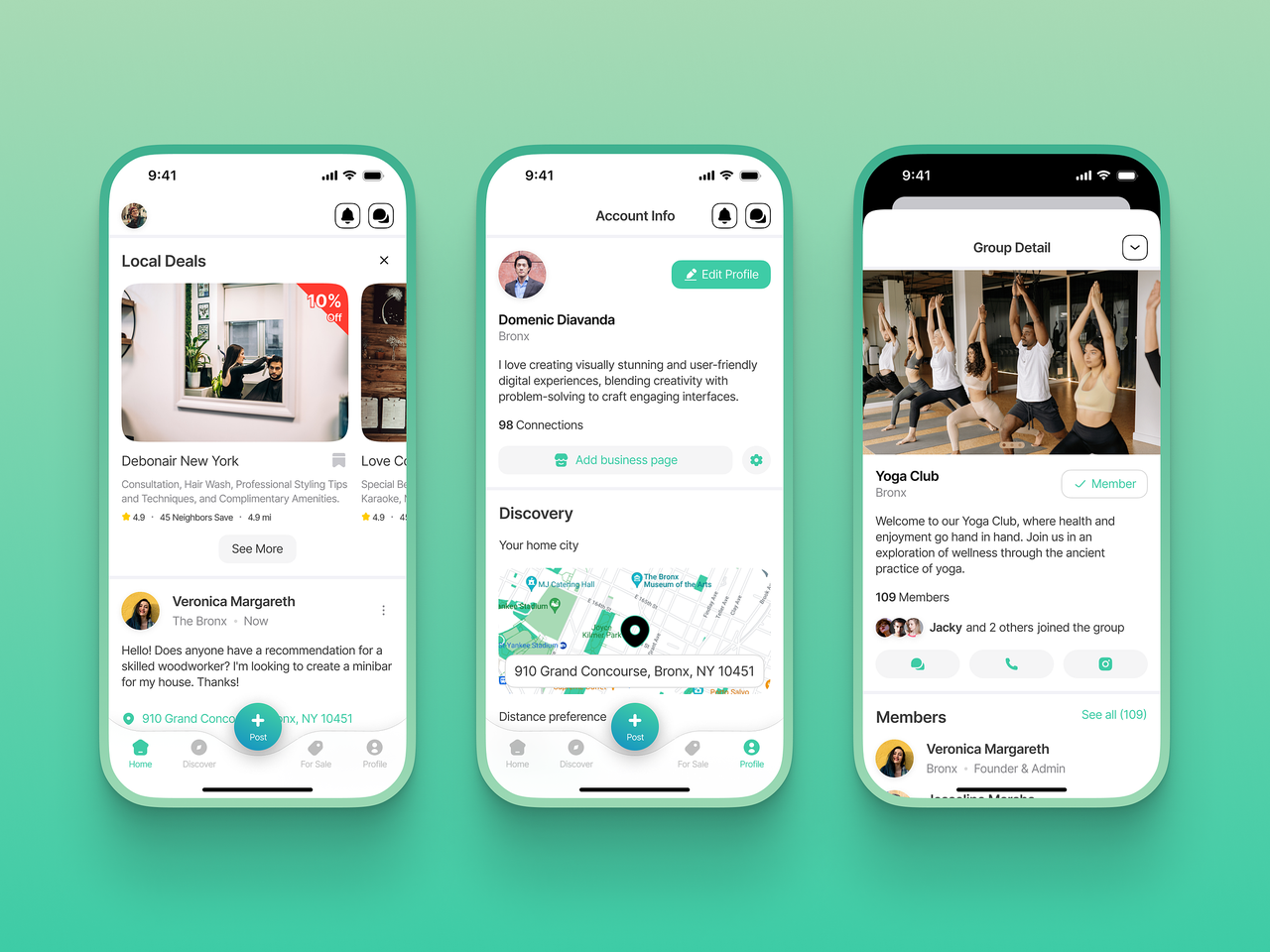
Cross-Platform UX
Through sophisticated algorithms, product teams can leverage AI to anticipate user preferences, intuitively suggesting relevant places, events, or services—even before users actively seek them out. This anticipatory approach not only enhances user convenience but also transforms the user experience into a more proactive and personalized journey.
The result is an immersive and anticipatory experience that seamlessly integrates with users' lives, providing them with tailored suggestions and services based on their preferences and behaviors. The synergy of location-based experiences and AI is set to usher in a new era of hyper-personalized, convenient, and anticipatory user interactions.
In the exciting realm of iOS17, animated icons have taken center stage, bringing a lively dimension to your Apple apps. Whether you gravitate towards the robust presence of solid icons or appreciate the refined aesthetics of outline icons, this is the moment to embrace the transformative power of movement within your visual elements.
Prepare to elevate your interface to new heights by integrating animated icons that harmonize effortlessly with the dynamic spirit of iOS17.
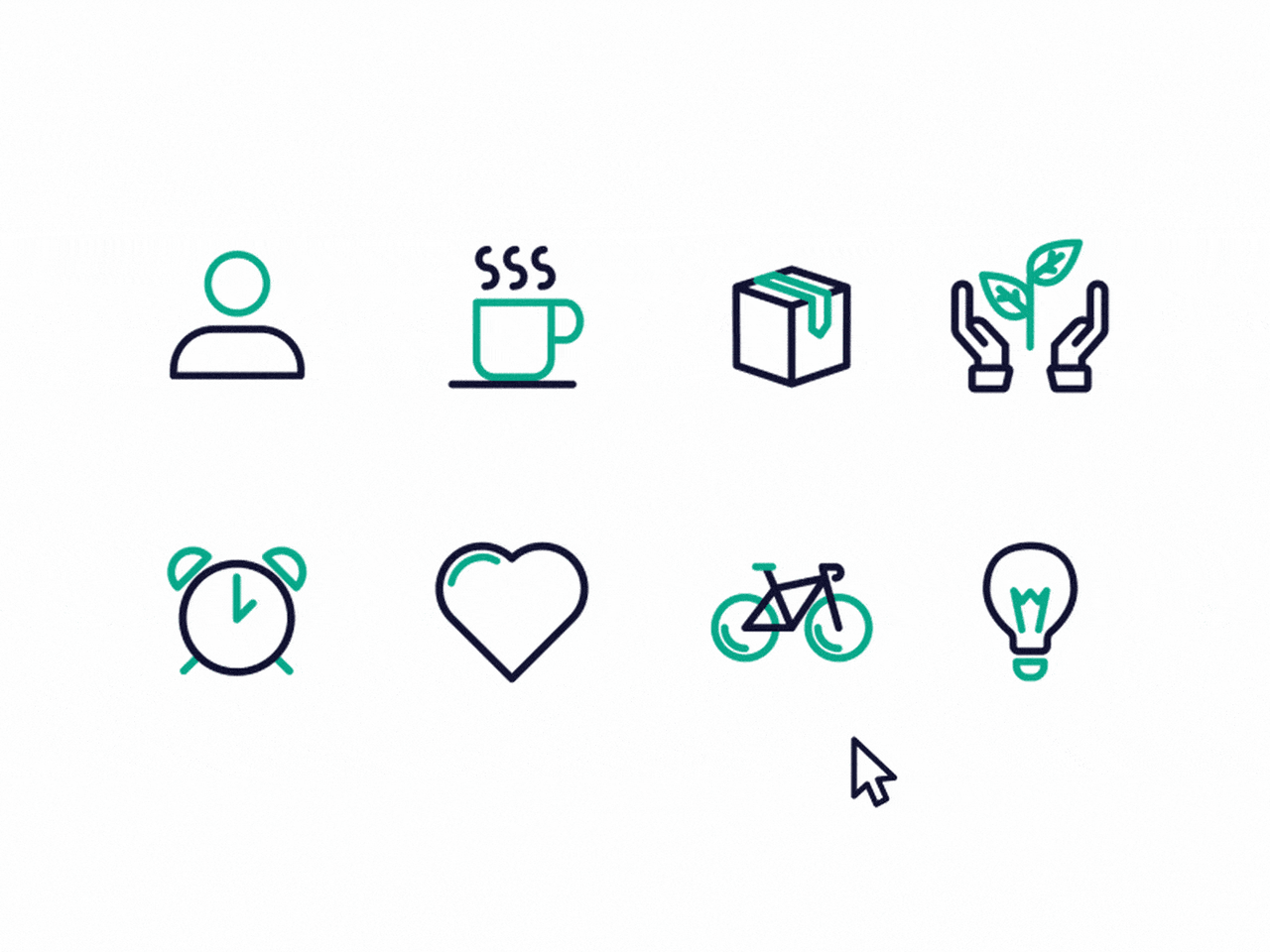
Animated Icons
These animated elements promise to infuse a fresh vitality into your user experience, captivating users with engaging and interactive visual elements. As iOS17 heralds a new era of design possibilities, the inclusion of animated icons stands as a testament to the evolving landscape of digital interfaces.
In this era of digital transformation, the focus extends beyond mere aesthetics and functionality; it encompasses a commitment to fostering inclusivity, accessibility, and transparency in the design process. This paradigm shift is exemplified by designers actively seeking avenues to infuse ethical considerations into their creations.
Recognizing the importance of building products that cater to diverse user needs, designers are weaving inclusivity into the fabric of their designs.
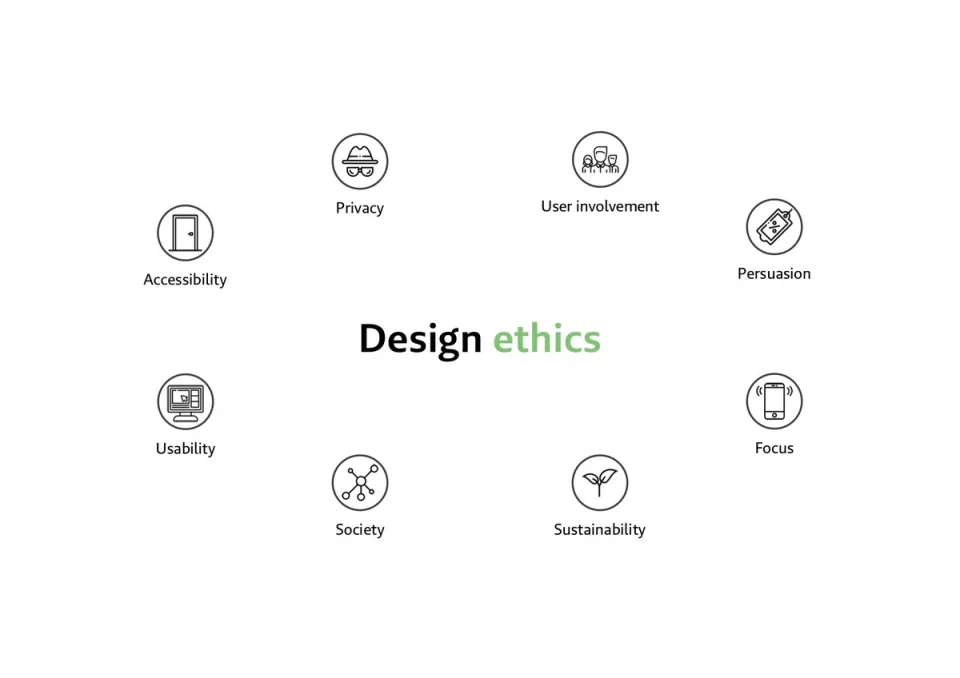
Ethical Design
The goal is to ensure that digital interfaces are not only aesthetically pleasing but also accessible to users of varying abilities, thereby minimizing any potential exclusionary factors.
Moreover, ethical considerations in UI/UX design are manifesting in a deliberate prioritization of issues such as data privacy and transparency. Designers are acutely aware of the increasing concerns surrounding the collection and use of user data, and as such, they are incorporating measures to safeguard privacy.
By implementing robust data protection protocols and transparent communication about data usage, designers aim to cultivate user trust and confidence in the digital products they interact with.
Responsive UI design, though not a novel concept, steadfastly maintains its status as the cornerstone of effective user interface and user experience. As we venture into 2024, its significance is poised to persist as a paramount concern for seasoned UX/UI designers.
The rationale behind this enduring emphasis lies in the evolving landscape of user interactions, where individuals engage with websites and applications across a spectrum of devices.
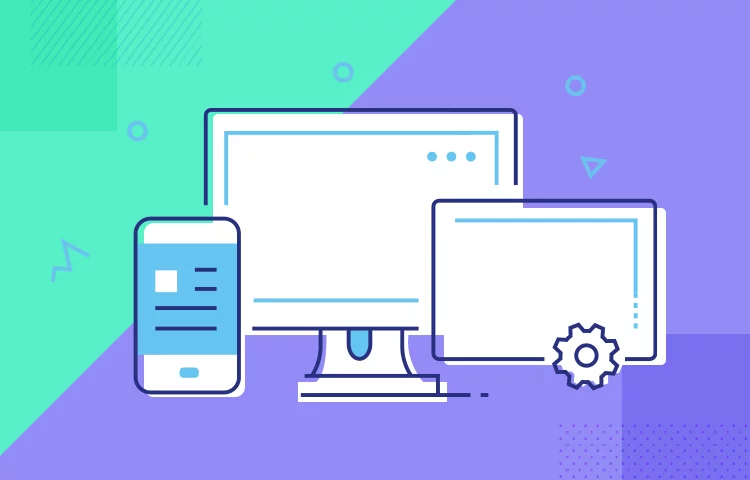
Responsive UI
The ubiquity of diverse devices, ranging from smartphones and tablets to desktops and beyond, necessitates a design approach that adapts seamlessly to various screen sizes and resolutions. In this dynamic digital ecosystem, the ability to deliver a consistent and user-friendly experience regardless of the device in use is fundamental.
Responsive UI design serves as the linchpin, ensuring that the visual and interactive elements of a interface gracefully adjust to the dimensions and specifications of the accessing device.
Despite the inherently collaborative nature of UX design, the profession has adapted to and embraced remote work, making it a viable and increasingly popular option.
This trend is likely to persist in the future, with the UX design industry continuing to reflect the preference for remote work. As designers opt for the flexibility and autonomy of remote lifestyles, the landscape of UX work evolves accordingly.

Remote and hybrid work
The impact of remote work on the UX design industry has been profound. Over the years of remote work experience, designers, agencies, and employers have gained insights into optimizing their home setups and refining their communication practices. Distinctions between full Zoom meetings and quick emails have become clearer, contributing to more efficient and tailored collaboration.
Moreover, the remote nature of work has transformed design communities, pushing more interactions online rather than in person. Remote UX networking events, seminars, and lectures leverage technologies like Web 3.0, VR/AR, and Metaverse to facilitate global participation in a safe and engaging manner.
However, this shift also emphasizes the importance of a UX designer's online persona and personal brand.
1.Will UI UX be in demand in the future?
Yes, UI/UX (User Interface/User Experience) design is expected to remain in high demand in the future. As technology continues to advance and digital experiences become increasingly integral to our daily lives, the importance of effective UI/UX design becomes even more pronounced.
UI/UX (User Interface/User Experience) design is expected to remain in high demand in the future due to ongoing digital transformation, the emphasis on user-centric design, advancements in technology, the growth of e-commerce, and the need for designers who can create mobile-responsive and culturally relevant interfaces. The dynamic nature of the field and continuous technological evolution contribute to the sustained demand for skilled UI/UX professionals.
2.Will UI UX designers be replaced?
While certain routine tasks within UI/UX design may be automated, it is unlikely that UI/UX designers will be entirely replaced. Human touch is essential for creativity, empathy, and understanding user needs.
Designers will continue to play a crucial role in shaping meaningful and innovative user experiences, even as technology evolves. The role of UI/UX designers may evolve, but their skills and insights will remain integral to the design process.
In 2024, UI/UX design will blend digital innovation, user-centered principles, and emerging technologies. Designers must stay updated on trends like augmented reality and sustainability to create visually appealing, user-friendly, and advanced interfaces. Embracing these trends as tools is crucial for crafting exceptional digital experiences that meet the evolving demands of users.
 Mockplus RP
Mockplus RP
A free prototyping tool to create wireframes or interactive prototypes in minutes.
 Mockplus DT
Mockplus DT
A free UI design tool to design, animate, collaborate and handoff right in the browser.
